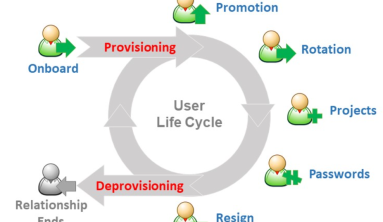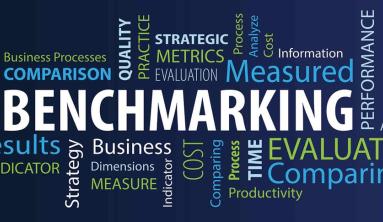What is Capability Maturity Model(CMM)?
The Capability Maturity Model (CMM) is a cross-discipline and technical paradigm for facilitating and refining software development processes and system improvement. This methodology is at the heart of most management systems that aim to improve the quality of all product and service development and delivery.
What are Capability Maturity Model(CMM) levels?
Following are the five Capability Maturity Model Levels:
- Initial: The first step is to create an unstable process environment. The software development process is considered haphazard and even chaotic at times. There are few methods that have been specified, and success is based on individual effort and heroism.
- Repeatable: Work is planned and monitored, making it repeatable. To track cost, schedule, and functionality, basic project management techniques are implemented.
- Defined: This level encompasses written and defined standards that evolve over time and support consistent performance. The work is well defined at this point.
- Managed: Extensive data on the software development process and product quality are gathered. Both the software development process and the end products are quantified and managed.
- Optimized: Work is based on continuous improvement (optimization). The focus on continuously improving process performance is a significant feature of this level.

Difference Between CMM and CMMI
It’s the 21st century, and every company is trying to become the superior one among its competitors, but in this technological era, only product attributes are not sufficient to stand out in the crowd. Organizations need to take the help of hardware and software services to face the competition.
To assist the organizations in developing software strategies, certain behavior models are used which measure the success and growth graph of these services. CMM and CMMI are two of such tools engaged in guiding organizations in the field of software maturity and other processes.
CMMI is the successor to CMM and combines a number of maturity models into one integrated capability maturity model. Developed by the Software Engineering Institute of Carnegie Mellon University, CMMI can be used to guide process improvement across a project, a division, or an entire organisation.
The main difference between CMM and CMMI is that the former focuses on evaluating whether an organization completes specific tasks related to the process or not, while the latter focuses on building an architecture for the whole development process.
Comparison Table Between CMM and CMMI
| Parameters of Comparison | CMM | CMMI |
|---|---|---|
| Definition | CMM stands for Capability Maturity Model. | CMMI stands for Capability Maturity Model Integration. |
| Meaning | It is a behavior model developed to measure an organization’s software development process. | It is a successor of the CMM model and is more effective and task-oriented. |
| Developed in | The year 1990 | The year 2006 |
| Purpose | To evaluate the process maturity levels in software. | To combine many software models into one and to overcome the drawbacks of CMM. |
| Stages | This model has five stages: Initial Repeat Defined Managed Optimized. | This model has five stages, too: Initial Managed Defined Quantitively managed Optimized. |
| Efficiency | Less effective one | More effective one |





